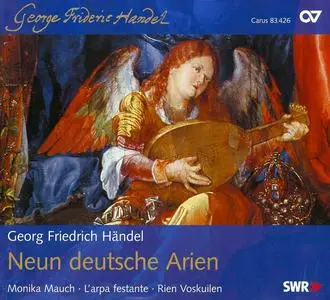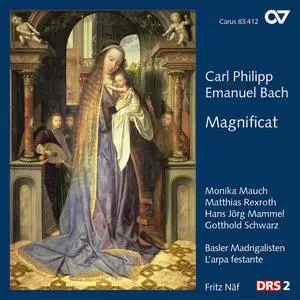Monika Mauch, Rien Voskuilen, L’arpa festante - George Frideric Handel: Neun deutsche Arien (2008)
EAC | FLAC | Image (Cue & Log) ~ 269 Mb | Total time: 57:56 | Scans included
Classical | Label: Carus | # 83.426 | Recorded: 2008
EAC | FLAC | Image (Cue & Log) ~ 269 Mb | Total time: 57:56 | Scans included
Classical | Label: Carus | # 83.426 | Recorded: 2008
Praise of the beauty of nature and eternal life are the subjects of the sacred poems by B. H. Brockes which Handel set to music in his "Nine German Arias". In these nine pieces for soprano and a small group of instruments, to be chosen at will, Handel drew in many places on music from his own operas, with the voice part in the German arias adapted to be less virtuosic and more deeply expressive. The "Three German Arias", recorded for the first time on this CD, by Johann Mattheson, which were formerly attributed to Handel, are a real discovery for the repertoire. The soprano Monika Mauch is accompanied in her beautiful interpretation of the arias by the specialist ensemble L'arpa festante.



